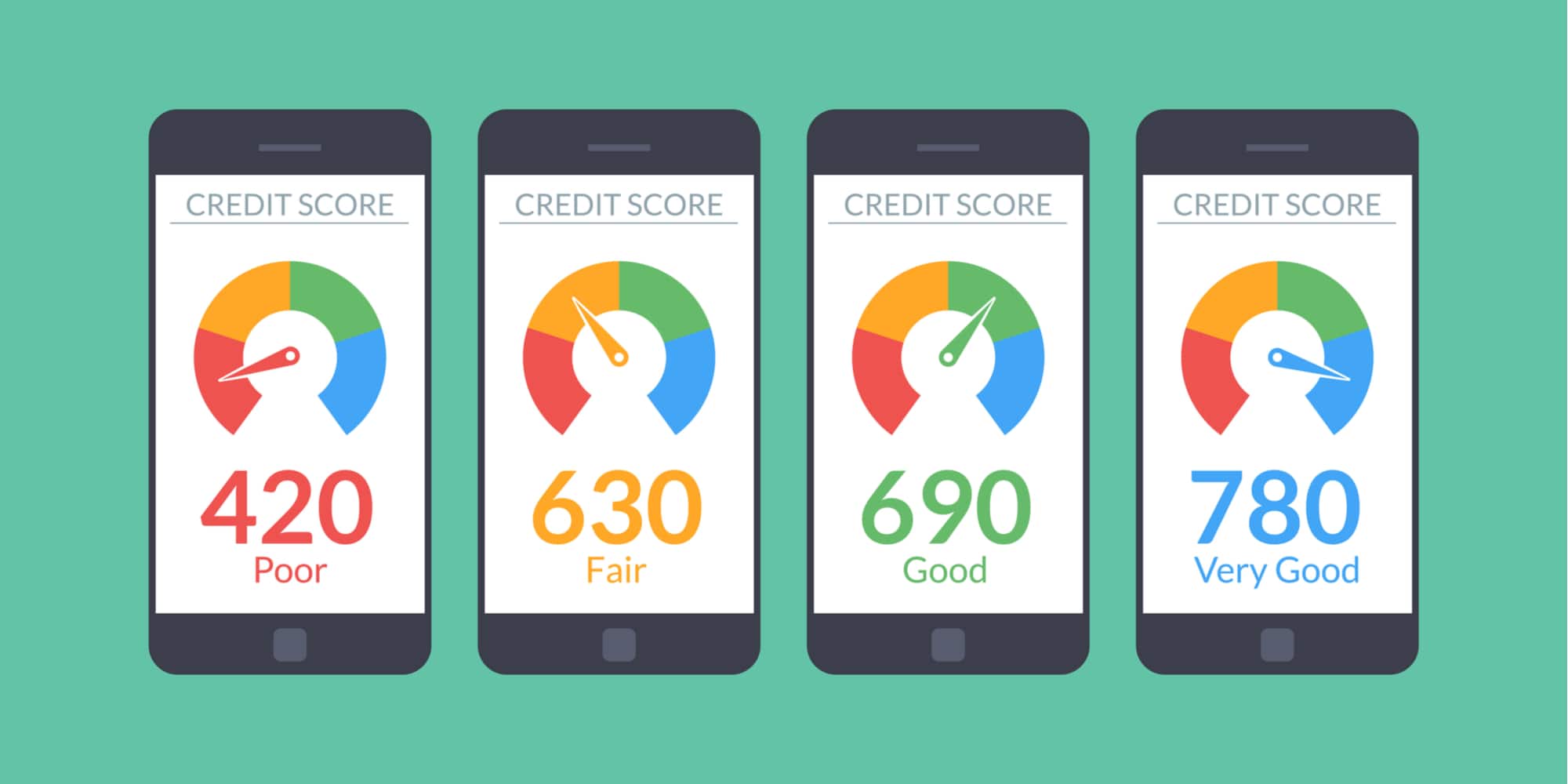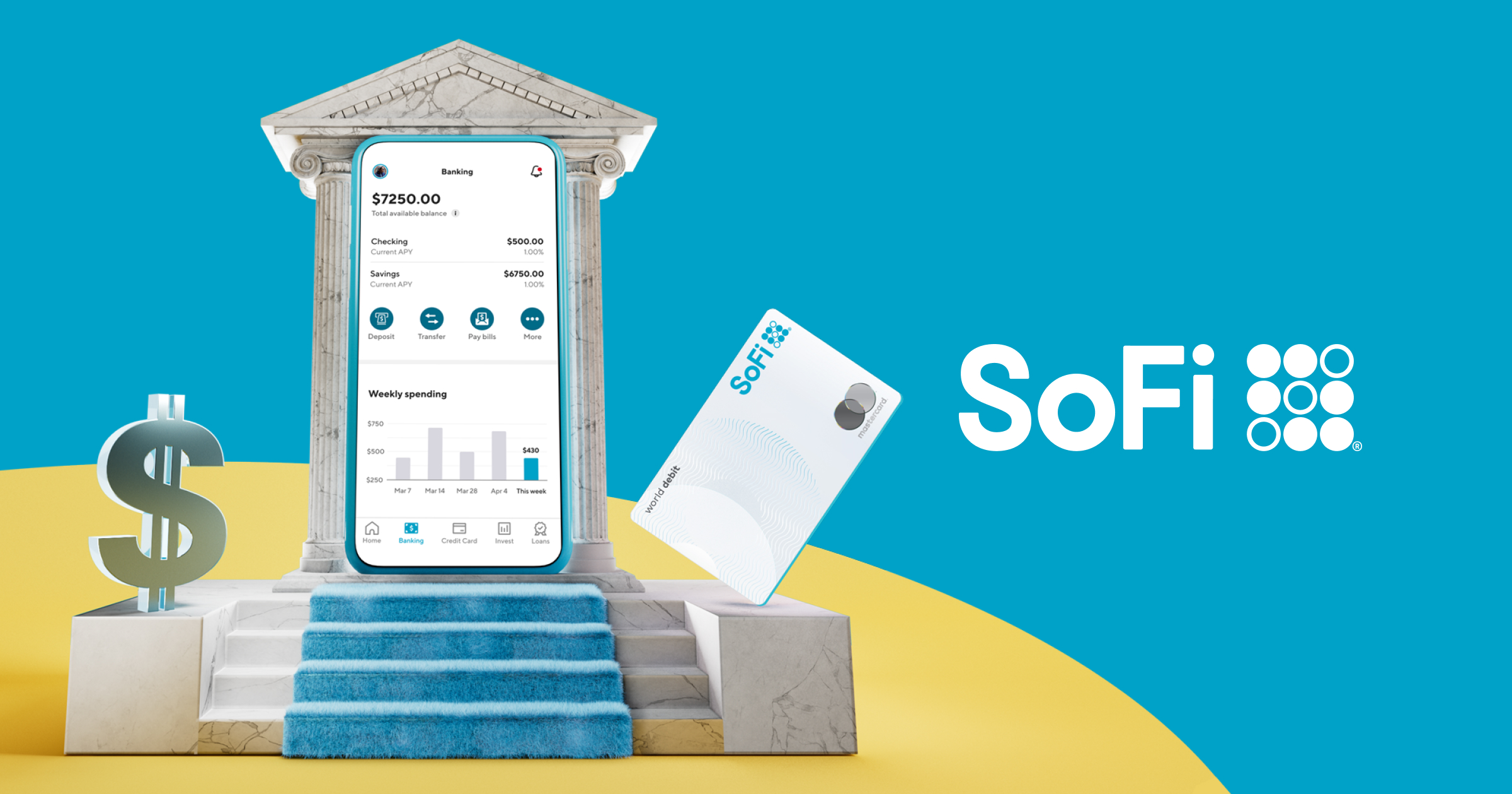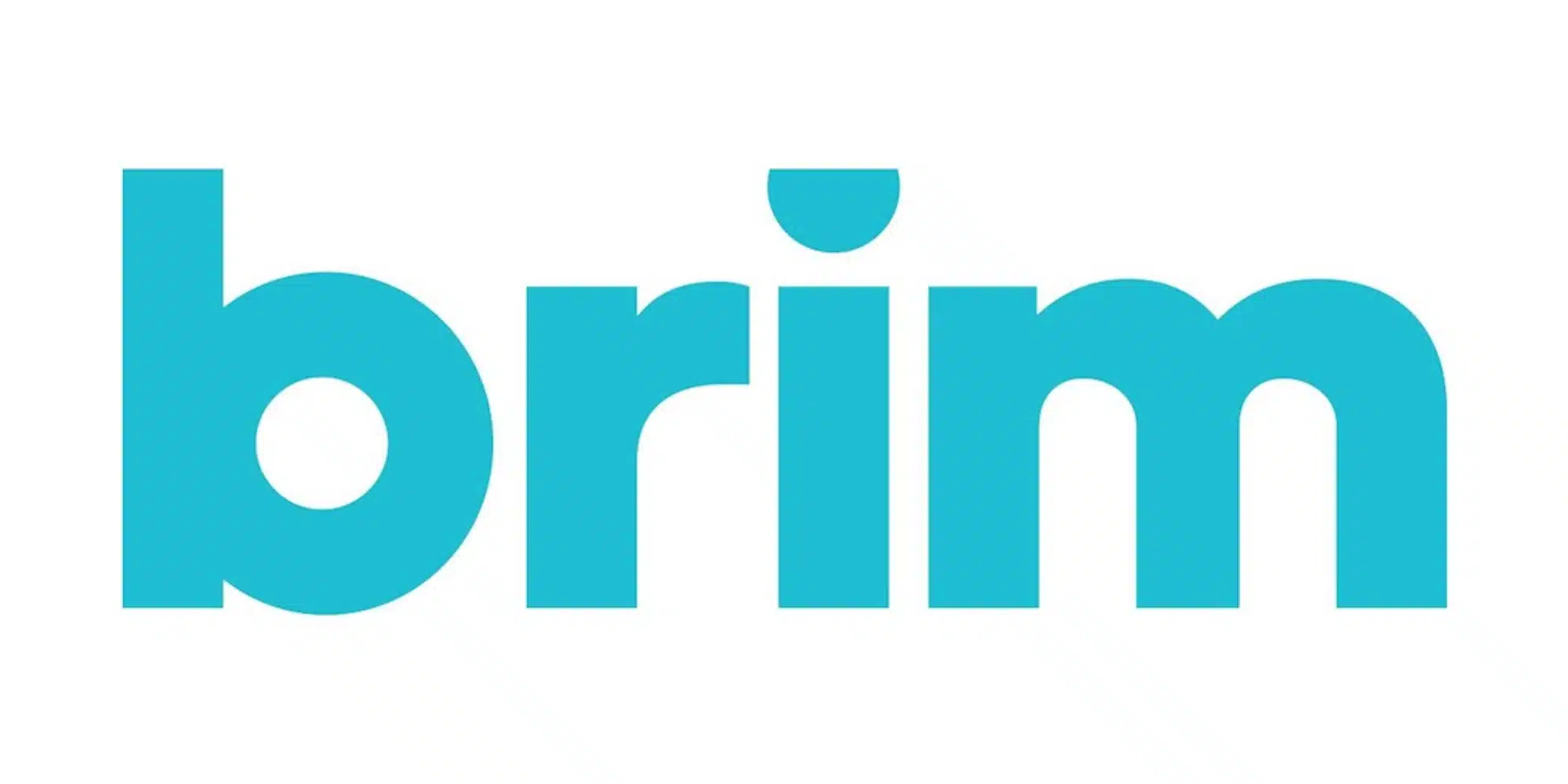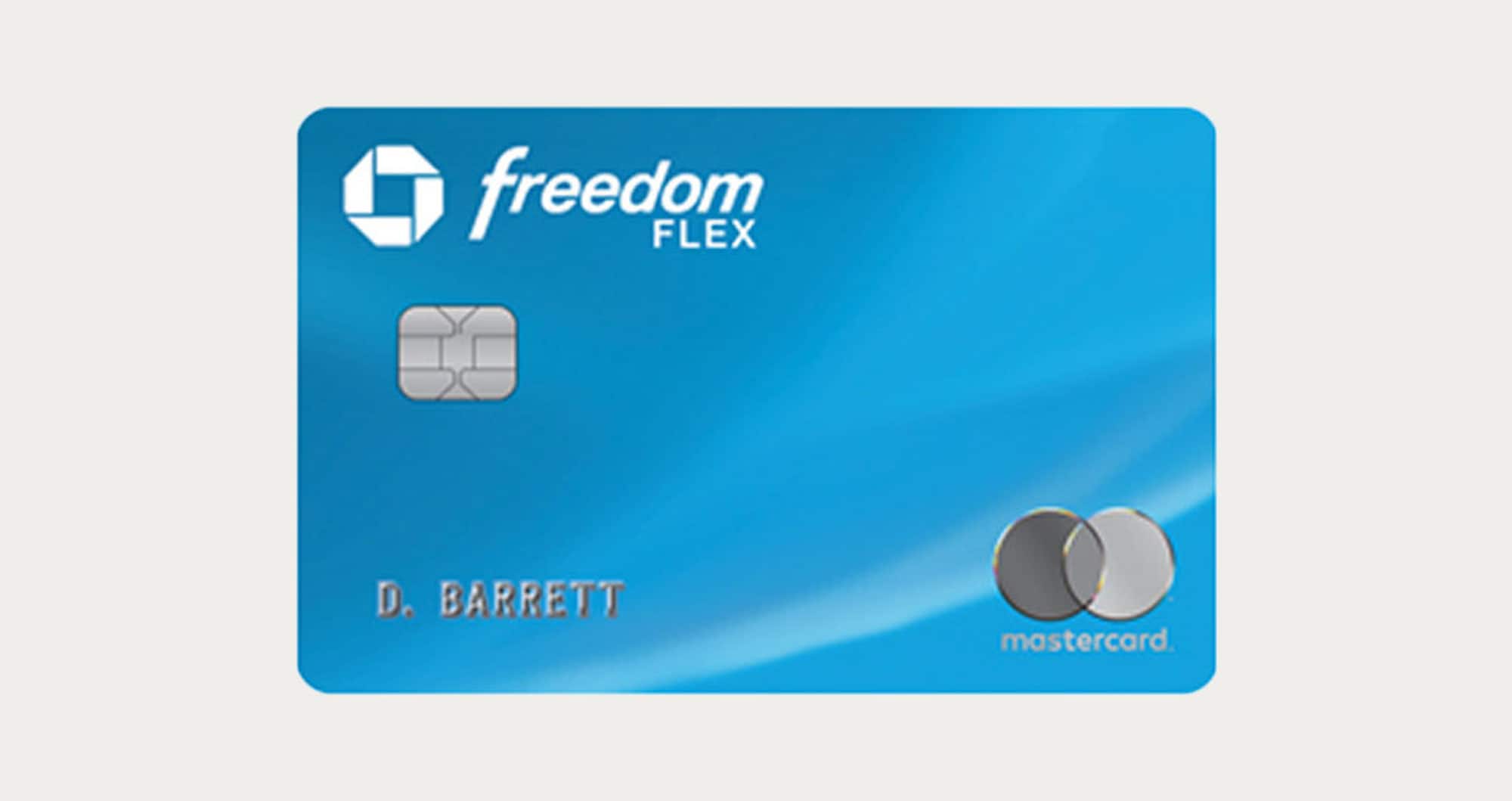
Credit Score Guide
Building Credit: What Consumers Need to Know and Tools to Try
In the United States, consumers rely on their credit scores in a number of ways. Not only can your scores come into play when applying for a loan, mortgage, or credit card but can also be a factor when setting up utilities, starting wireless phone service, and much more. Heck, your prospective employer may even do a credit check on you. Yet, given the importance of credit in our society, the system we use continues to be a Catch-22 of sorts. That is to say that, while you’ll need good credit in order to get loans, credit cards, etc., it can be difficult to build credit without having access to these tools in the first place!
So how does one go about building credit? Luckily, there is now a growing list of options that consumers have, allowing them to weigh the pros and cons of each. But first, it’s important to understand how credit scores work in the first place so that you can better comprehend the potential advantages of these credit-building tools.
Understanding How Credit Works

Credit report versus credit scores
Before we get into what factors go into calculating your credit scores, it’s important to note the differences between a credit score and a credit report. While they may seem interchangeable in the minds of many and they are related, they’re far from the same. Basically, the easiest way to think about the relationship between the two is that your credit report contains data that may impact your credit scores but it is a separate item.
So why does this matter? Well, one primary reason is that, while your credit score is based on some specific factors, it won’t show you the raw data that goes into the algorithm. Meanwhile, with your credit report, you’ll be able to see specifics on accounts, payment history, and more. This could be especially important because errors are unnervingly common on credit reports. Because of this, as you do build credit, you’ll want to occasionally request your report and ensure that all of the info is accurate. On that note, let’s talk about some easy options for doing just this.
Monitoring options
The good news is that today, there are a number of free tools you can use to keep on top of your credit. First up is a site called AnnualCreditReport.com. True to its name, this is a site where consumers can request free copies of their credit reports from all three major bureaus (Experian, Equifax, and Transunion) once per year. However, since the pandemic, the bureaus have increased this allowance to one report per week. Again, as you build credit, it will be important to regularly review your report for errors and follow instructions to dispute any issues. Also, be aware that, while AnnualCreditReport.com will provide you with your free credit report, it may also solicit you for paid services in order to see your FICO credit score.
Speaking of credit scores, there are also some free and paid options to see how your credit report data translates to a credit score. Perhaps the most popular platform in this category is Credit Karma. Using this site, you’ll be able to see a version of your Equifax and Transunion scores, as well as view data from your credit report repackaged in an easy-to-view format. The only downside is that, like with other free credit score sites, Credit Karma uses what’s called VantageScore as opposed to the more commonly used FICO. Because of this, the scores you see might not exactly match what a creditor would see. Still, it should put you in the ballpark.
Another potential option for monitoring your credit scores is via a bank or credit card. These days, it’s common for credit card issuers to provide customers with monthly FICO score updates, with some even advertising this perk in their marketing materials. Similarly, some banks also allow consumers to opt into a program in order to get credit score updates. Therefore, if you’re hoping to get what is perhaps a more “official” look at your score, it may be worth keeping an eye out for such options.
Credit Factors

Payment history
The first and largest factor that goes into calculating your credit scores is payment history. In fact, this accounts for 35% of your score. Simply put, when you make on-time payments, this will be reported and reflect positively on you — but any late payments will also be noted and could pull your score down significantly.
Since payment history is such a key part of your scores, you’ll notice that it will also be the main focus of some of the tools we’ll discuss in the next section. However, even if you don’t end up trying any of those tools, just be aware that paying your bills in full and on time can go a long way toward building and maintaining your credit scores.
Utilization
The next largest factor in your credit scores is called utilization, which represents 30% of your score. You can think of utilization this way: if you have a $10,000 credit limit and a $9,000 balance, that’d be a 90% utilization because you’re using 90% of the credit available to you. Unfortunately, the situation in this scenario wouldn’t be looked upon favorably by the FICO algorithm or, in turn, potential creditors. Instead, it’s usually advised that consumers aim to keep their utilization below 30% (the lower, the better). So, if you have $10,000 in credit, you’d want to use no more than $3,000 of it at a time.
Other factors
There are three other factors that go into your credit scores as well — although their impact isn’t as dramatic and they’re not as controllable as payment history or utilization. These remaining factors are: length of credit history (15%), new credit history (10%), and types of credit (10%). The first of these is pretty self-explanatory as creditors prefer you to have a longer track record, so the longer you’ve had your lines of credit, the better. On that same note, if you have a lot of new credit inquiries, this could be a red flag. Finally, “types of credit” or “credit mix” refer to what kinds of credit products you have. Namely, there’s revolving credit, such as a credit card, as well as installment credit, such as loans. Ideally, creditors want to see how consumers deal with both, which is why this category makes up 10% of your score.
Options and Tools to Help Consumers Build Credit

Secured Credit Cards
Are you finding it difficult to get approved for a traditional credit card? If so, finding a secured option could be a better path forward. But what exactly is a secured credit card? Well, instead of a nonsecured credit card where consumers are free to spend money (up to their limit) and pay it back once their statement closes, a secured credit card requires cardholders to pay a deposit upfront. That way, should you fail to pay your balance, the credit card company isn’t actually out any money.
In terms of upsides, secured credit cards can be easier to obtain since there is less risk for issuers. Plus, once consumers do obtain such cards, they’ll be able to start establishing positive payments history — which, as you’ll recall, is the single largest factor in determining your credit scores. What’s more, some issuers of secured cards will allow customers to convert their secured cards to unsecured versions over time as they prove themselves.
Turning to the downsides, the largest is the fact that you’ll need to find the money to put together a potentially sizeable deposit in order to open your secured card. Meanwhile, with your deposit also doubling as your credit limit, you’ll need to be mindful of your usage as you’ll want to keep your utilization below that 30% threshold as well. Lastly, while there are plenty of good secured card options, you’ll want to keep an eye out for fees or other drawbacks.
FinTech debit card options
For those unfamiliar with the term “FinTech,” it literally just means “financial technology.” In recent years, a number of startups in this field have made it their mission to improve the world of financial products by partnering with banks and creating unique solutions. Among such solutions that have been gaining steam as of late is the idea of the credit-building debit card. In fact, companies such as Credit Sesame, Cred.ai, One, and others now offer some version of this concept.
While each platform differs slightly, the basic idea is this: you make purchases using a debit card, the platform automatically sets money aside to pay off your balance each month, and then, when they do pay it off, they report the on-time payment to major credit bureaus. Voila! In some cases, these payments will be reported along with a credit limit while, in other cases, utilization is not provided.
Despite being similar to secured credit cards in some ways, these FinTech debit cards may more attractive — especially as these platforms grow in numbers and expand. Ultimately, this style of credit-building is definitely worth keeping an eye on as more and more companies put their own twist on the concept.

Credit-builder loans
Another clever model to come out of the FinTech world (or at least popularized by it) is the credit-builder loan. In this case, companies such as Self and Credit Strong allow customers to apply for installment loans of varying sizes. However, instead of applicants receiving these funds upfront, they’ll be held in a locked account while borrowers continue to make payments each month. As you can guess, these on-time payments are reported to the bureaus in a bid to help build credit scores. Then, when users complete their payment schedule, they’ll receive the initial funds.
Like other options on this list, credit-builder loans come with some pros and cons. In the plus column is the fact that consumers can not only establish payment history but can also use these types of “loans” to help them save up money. For example, once a loan is paid off, the money returned could make for a solid emergency fund. On the other hand, the funds received won’t be equal to the amount paid over the life of the loan as these platforms do charge interest or other fees. Because of this, consumers should be sure to do the math and see if credit-builder loans make sense for them.
Reporting rent payments
One of the ironies of the current credit system is that plenty of consumers may be making on-time payments every month yet not receive any benefits to their credit score for it. That’s because rent payments often aren’t reported to credit bureaus… but what if they could be? Well, thanks to some platforms that have emerged over the years, you may now be able to get “credit” for your rental payments.
Incidentally, one of the companies offering this service is the aforementioned Credit Sesame. Meanwhile, other options include the likes of Rent Reporters, Rental Kharma, Rock the Score, and others. Something to be aware of with each of these options is that monthly and/or one-time set-up fees may apply. Additionally, there may be restrictions on who is eligible for such services as landlord verification may be needed. If you don’t think that your landlord would be willing to do this, then, sadly, this may not be the right option for you.
Experian Boost
Finally, I wanted to mention an option that’s received a lot of attention and promotion recently: Experian Boost. The basic idea behind this product is that payment history for certain bills that typically aren’t included in your credit — such as utilities, phone bills, and even streaming services — are finally taken into account. Even better, the service is free!
Considering that Boost comes directly from one of the three major credit bureaus and comes at no cost, you might assume that there are no downsides. Well, that’s mostly the case — but the system isn’t perfect. Namely, while the service might boost your Experian score, that won’t translate to Equifax or Transunion. Furthermore, since there’s no telling which reports a creditor might pull, this plan isn’t exactly foolproof. Still, it’s encouraging to see Experian really pushing Boost as it does seem like a solid option. Hopefully other bureaus may follow suit in the future.
Establishing and building credit may not be easy. But, thanks to FinTechs and other companies, the number of options that consumers now have to help them increase their scores is rapidly growing. Yet, in order to get the most out of these services, make sure you understand how credit works — and make sure you pay your bills on time! Then, when you’re ready to start building, consider some of these tools to help you reach your credit goals.









